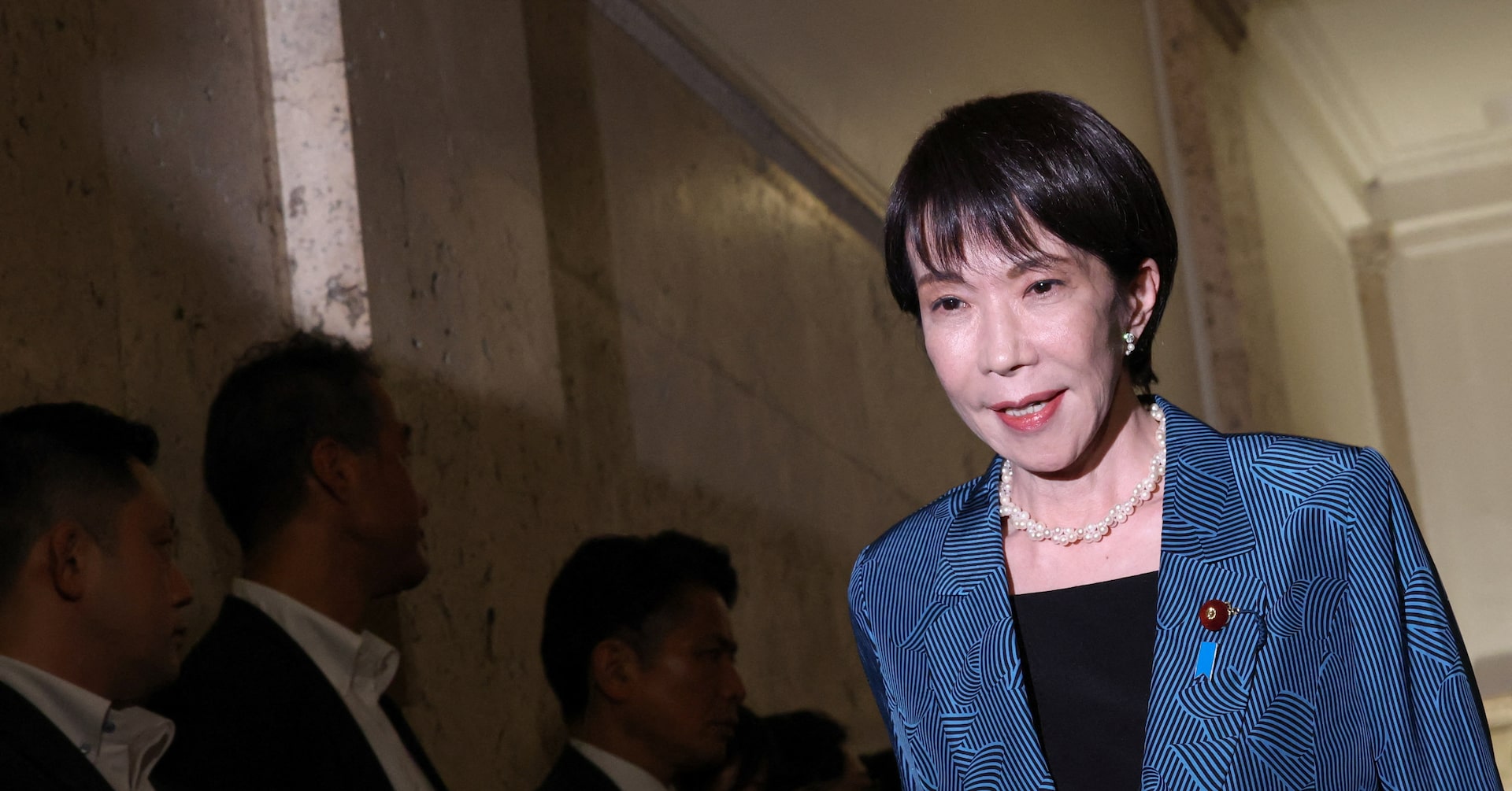On October 21, 2025, Sanae Takaichi shattered a significant glass ceiling by becoming Japan’s first female prime minister and president of the ruling Liberal Democratic Party (LDP). This historic moment marks a symbolic breakthrough in a male-dominated political landscape but raises critical questions about the future of gender equality in Japan.
Political Background and Historic Rise
Takaichi, aged 64, hails from Nara Prefecture and entered politics in 1993. An alumna of Kobe University, she worked in journalism before turning to public service. As a long-time member of the influential LDP, she served in key cabinet roles, including Minister for Internal Affairs and Communications, economic security minister, and gender equality minister. Known for her conservative stance and admiration for Britain’s Margaret Thatcher—earning her the nickname “Japan’s Iron Lady”—she has championed policies reminiscent of “Abenomics,” focusing on fiscal expansion, monetary easing, and structural reforms.
Her path to leadership was challenging. After unsuccessful leadership bids in 2021 and 2024, she finally secured the party presidency by rallying the conservative base and forging a coalition with the Japan Innovation Party. The National Diet then elected her prime minister, making her the fourth premier in five years, a reflection of ongoing political volatility in Japan.
Challenges Ahead
Takaichi assumes office amid economic hardship, including rising living costs and mounting national debt. Politically, she faces rebuilding public trust after a series of scandals και coalition breakdowns. Her nationalist and hawkish policies, particularly concerning China and South Korea relations, add complexity to her international role.
Despite breaking historic gender barriers, Takaichi’s ultraconservative views complicate expectations for advancing women’s rights. She supports traditional family values and opposes changes to laws requiring married couples to share a surname—a position many see as reinforcing gender inequality.
Gender Equality in Japan: Symbolism vs. Reality
Japan consistently ranks low in global gender equality indexes among developed nations, particularly in political representation and workplace equality. Women face persistent challenges such as wage gaps, limited career advancement, and societal expectations.
The election of a female prime minister is an important symbolic milestone, but women’s groups emphasize that real change requires structural reforms. These include improved childcare, laws supporting equal pay, and dismantling systemic barriers. The question remains whether Takaichi’s leadership will translate into progress or uphold the status quo.
Key Facts About Sanae Takaichi and Gender Equality in Japan
| Aspect | Details |
|---|---|
| Age | 64 years |
| Education | Kobe University |
| Political Party | Liberal Democratic Party (LDP) |
| Political Career Start | 1993 |
| Previous Roles | Minister for Internal Affairs, Economic Security Minister, Gender Equality Minister |
| Political Stance | Social conservative, admirer of Margaret Thatcher |
| Coalition Partner for Premiership | Japan Innovation Party |
| Historic Significance | First female prime minister and LDP president in Japan |
| Gender Equality Ranking | Low among developed nations, notable political and workplace disparities |
| Policy Approach on Gender | Supports traditional family values, opposes surname law change for married couples |
| Challenges in Office | Economic issues, political instability, international relations, women’s equality expectations |
Conclusion
Sanae Takaichi’s election as Japan’s first female prime minister is both a historic achievement and a moment of ambivalence. It represents progress in gender representation but also highlights the complex dynamics of Japan’s conservative politics. While the symbolic milestone cannot be understated, Japanese women and observers worldwide await concrete policy actions addressing gender disparities to make this moment truly transformative.
The coming years will test whether Takaichi’s leadership can balance conservative priorities with the urgent need for social reforms, economic stability, and renewed international diplomacy.

